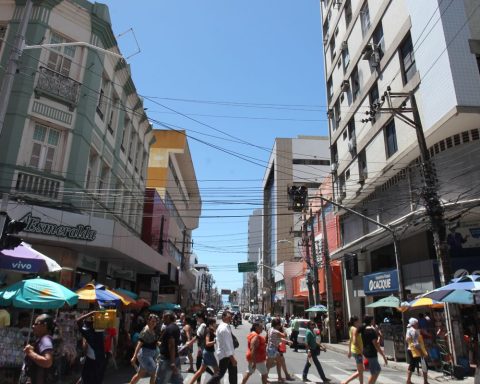The term that defines a specific site, which when stimulated would cause intense orgasms, was reviewed by sexual health specialists in a large research study. The details.
The “G point” It is one of the most well-known terms for sexual pleasure, and many people take it for granted that it is a specific part of the female genital anatomy. However, it generates controversy in the medical literature and studies aimed at proving its existence are often potentially biased by the sociocultural background, say specialists who question the concept.
A broad group of sexual health experts point out that it should be called “G-zone”. Among them, the researchers behind A study published this year in the magazine Sexual Medicine Reviews argue that the term, used to describe an erogenous area of the vagina that is supposed to cause intense orgasms when stimulated, is “misleading.”
For years, it has been popularly described as being located a few centimeters inside the vagina on the upper walls of the organ. But experts now say that there is not a single point and that five “erotogenic” tissues Separately, they carry out the sensations of pleasure attributed to the G-spot. These are the crura of the clitoris, the bulb of the clitoristhe periurethral glands, the urethra and the anterior vaginal wall itself.
The G-spot is named after the German gynecologist Ernst Gräfenberg, who described the orgasm-producing area in the 1950s. Gräfenberg himself did not coin the term. But he was the first to scientifically describe a “erotic zone” located “on the anterior wall of the vagina along the course of the urethra”.
The G-spot was named in his honor by Dr. Frank Addiego and his colleagues, who wrote about female ejaculation in the 1980s. Now, Dr. Irwin Goldstein, editor-in-chief of Sexual Medicine Reviews, has requested a name change. Writing with two other executives in the post, they said the “correct term” should be “Gräfenberg zone” or “G zone.”
The scientists came to this conclusion after reanalyzing the original description of the area first described by Dr. Gräfenberg. “Based on Gräfenberg’s description that the anterior vaginal wall contains a distinct erogenous zone, we believe that the Later use of the term ‘G-spot’, coined 31 years later, is misleading.”they detailed.
The specialists assured that it was originally attributed three functions to the “erotic zone”: “pleasant sensations”, “swelling” and “fluid ejaculation”. Since no single “point” is responsible for all functions, they explained that five separate tissues are likely involved.
The authors of the article urged sexual health experts to consider this name change for future research. The science behind the g-spot is controversial, with several studies claiming it doesn’t exist because even researchers can’t find it.
Recently, last year, Portuguese scientists they failed to identify its location, size, or nature. They described the G-spot as similar to the lost city of Atlantis.
Another hypothesis is that the G spot is simply a deep internal part of the clitoris stimulated during sex. Some experts have claimed that studies that say the G-spot does not exist are discounting the experiences of women who claim to have one.
“Our greatest organ of pleasure is the clitoris which is shown to have 8,000 nerve endings. That is why 90% of women reach orgasm with direct stimulation from the outside of it and only 20% do so through vaginal stimulation or penetration. Instead of enjoying a pleasurable sexuality and to explore one’s own erotic mapthe G-spot made it a big concern that a person could not reach orgasm through this pathway,” he said. in dialogue with Infobae, Florencia Salort, gynecologist, sexologist and coordinator of the University Extension of the Gynecology Service of the University Institute of the Italian Hospital.
Globally not reaching the orgasm is somewhat common and affects about 30% of women. Specifically in the United States, Europe, Central and South America, the number of women who do not reach orgasm varies between 16% and 28% and in Asia the numbers reach 40%.
The anorgasmia is one of the sexual dysfunctions that prevents the enjoyment of a loving bond. Around the 90% of the causes of anorgasmia They are due to psychological and not physiological issues.

















